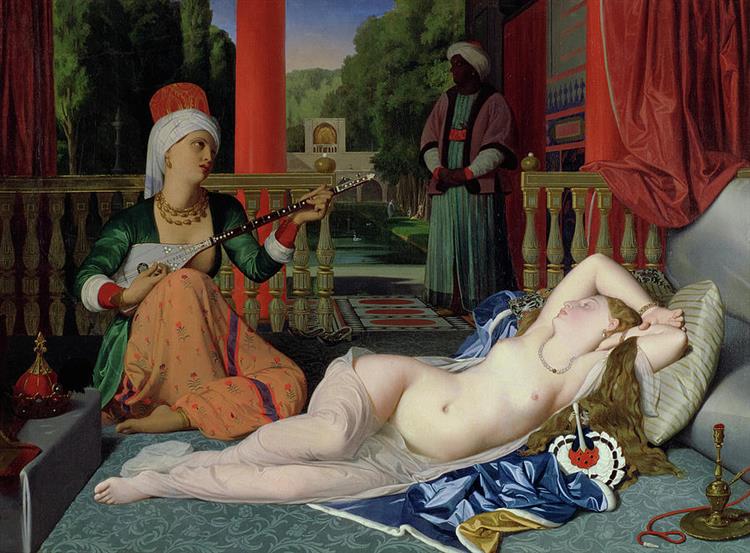Blog Post #3
Although the first location that comes to mind when thinking about slavery is the south, New England and specifically the Harvard Square has ties to slavery. The Harvard museum holds the remains of at least 19 enslaved people and about 7,000 Native American Indians. The Crimson quoted in the draft reports introduction that the human remains "were obtained under the violent and inhumane regimes of slavery and colonialism." This quote further explains Harvard's involvement in the immoral system of slavery. They were also quoted saying, "we know that that skeletal remains were utilized to promote spurious and racist ideas of difference to confirm existing social hierarchies and structures." In 1990 the museum was forced by law to return the remains to any of the current descendants, but the museum still holds 19 remains after that law.
Harvard museum holds remains of slaves - Chinadaily.com.cn


Comments
Post a Comment